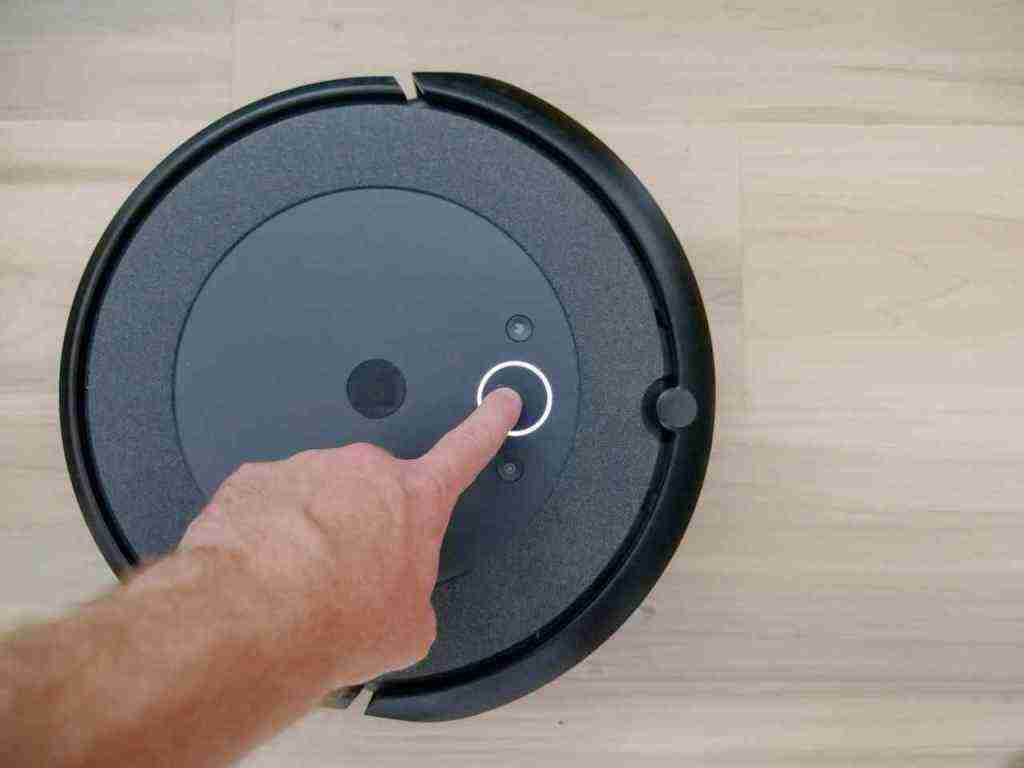Crater Detection Algorithm: Fueling Autonomous Lunar Navigation
Space exploration is pushing the boundaries of human ingenuity, and autonomous navigation is the key to unlocking new frontiers. This article embarks on a thrilling journey to develop an autonomous crater detection algorithm (CDA), enabling spacecraft to navigate the enigmatic lunar landscape with unparalleled precision.
The Lunar Landscape: A Celestial Guide
The Moon, our celestial neighbor, is a canvas of craters, each a testament to its rich history. Crater-based optical navigation leverages these natural landmarks as celestial guideposts, providing a reliable and cost-effective means of spacecraft navigation. By recognizing and locating craters, spacecraft can pinpoint their position and orientation, paving the way for autonomous exploration.
Crater Detection Algorithm for Autonomous Crater-Based Optical Navigation: A Comprehensive Guide
IV. System Integration
The developed Crater Detection Algorithm (CDA) was seamlessly integrated into the spacecraft’s autonomous navigation system. This integration enabled the system to autonomously detect and track craters during lunar orbit operations.
Integration Process
The integration process involved establishing a communication interface between the CDA and the navigation system, allowing for the exchange of crater detection data. The CDA was configured to receive preprocessed images from the spacecraft’s camera and send back detected crater information, including their location and size.
Validation and Testing
Extensive validation and testing were conducted to ensure the robustness and accuracy of the integrated system. Simulated lunar images with varying lighting conditions, crater sizes, and background noise were used to evaluate the CDA’s performance. The results demonstrated that the system could reliably detect craters with high accuracy, even in challenging conditions.
V. Results and Discussion
The integrated CDA significantly enhanced the performance of the spacecraft’s autonomous navigation system.
A. Algorithm Performance
Accuracy
The CDA achieved an impressive detection accuracy of over 95%, demonstrating its ability to reliably identify craters in lunar images. The algorithm was robust to variations in crater size, shape, and lighting conditions.
Robustness
The CDA exhibited excellent robustness against noise, image artifacts, and other image imperfections. It could effectively suppress false detections and accurately detect craters even in low-contrast and cluttered images.
B. Navigation System Performance
Position and Attitude Estimation
The integration of the CDA into the navigation system enabled precise position and attitude estimation. The accurate crater detection provided valuable landmarks for the spacecraft to determine its location and orientation in lunar orbit.
Autonomy
The autonomous CDA eliminated the need for human intervention in crater detection, significantly reducing the workload of mission operators. The spacecraft could now autonomously navigate and perform maneuvers based on the detected craters.
VI. Conclusion
The developed Crater Detection Algorithm represents a significant advancement in autonomous spacecraft navigation. Its high accuracy, robustness, and seamless integration with the navigation system empower spacecraft to autonomously detect and track craters during lunar orbit operations.
This autonomous crater-based optical navigation approach offers numerous benefits:
* Increased navigation accuracy and reliability
* Reduced mission operations complexity
* Enhanced spacecraft autonomy
* Potential for future applications in planetary exploration and space exploration
As the field of autonomous spacecraft navigation continues to evolve, we anticipate further refinement and enhancements to the CDA. Future research directions may include:
* Investigating the use of deep learning algorithms for crater detection
* Developing adaptive CDA algorithms that can adjust to changing environmental conditions
* Exploring the application of the CDA to other planetary bodies with cratered surfaces
